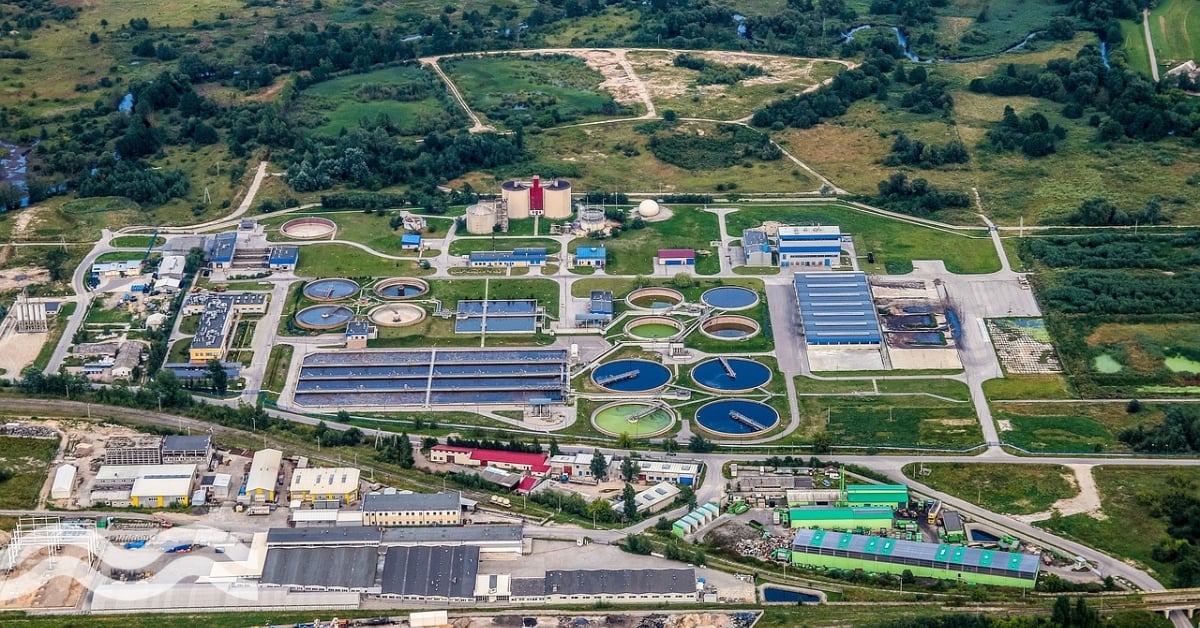Innovative stormwater management and reuse
Innovative approaches to stormwater management, treatment and reuse in Denmark, Sweden, Poland and Lithuania are being developed as part of a three-year project led by the Danish water and environment cluster, Clean.
In addition, the project supports the piloting of novel treatment technologies for combined sewer overflows at Danish utility Novafos, as well as conducting non-target analysis of stormwater in Denmark, Sweden and Poland.
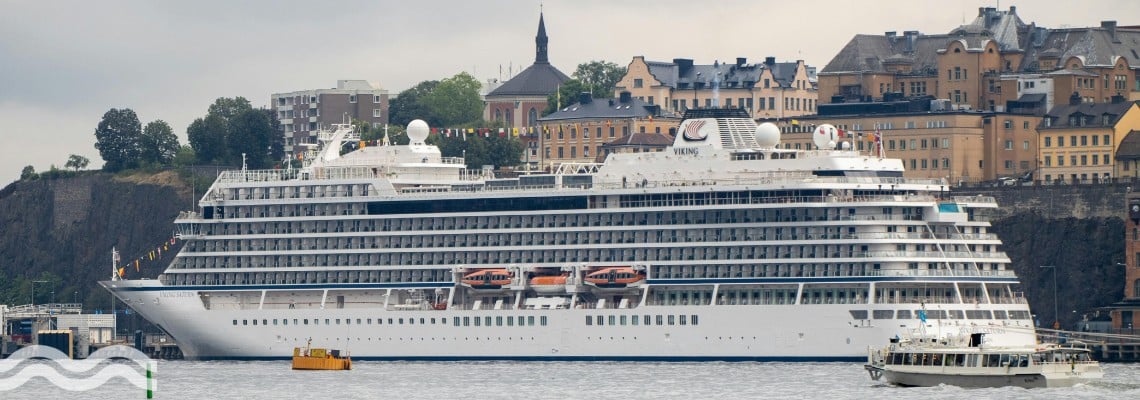
Developing a better understanding of stormwater management and treatment in three European countries
The project addresses concerns over the quality of the Baltic Sea, which is one of the most polluted bodies of water in the world, requiring cross-border collaboration, involving Denmark, Sweden, Poland and Lithuania.
Scott Allison, chief project manager at Clean, told Aquatech Online: “Stormwater is having a growing impact on the Baltic Sea with increased heavy rainfall. This requires water utilities and municipalities to seek better management of stormwater.”
One of the main aims of the project is to develop a common understanding of legislation, current stormwater management practices, and methods for addressing stormwater discharge in the South Baltic region.
Allison explained: “The partners will research the legislation in each country (and on an EU level) and how each country is interpreting their legislation when implementing methods of stormwater treatment.”
He added: “Based on the research, we will then host capacity building and training workshops for key stakeholders, particularly utilities and municipalities, across the region to support the embedding of knowledge on stormwater management and the upscaling of the solutions developed.”
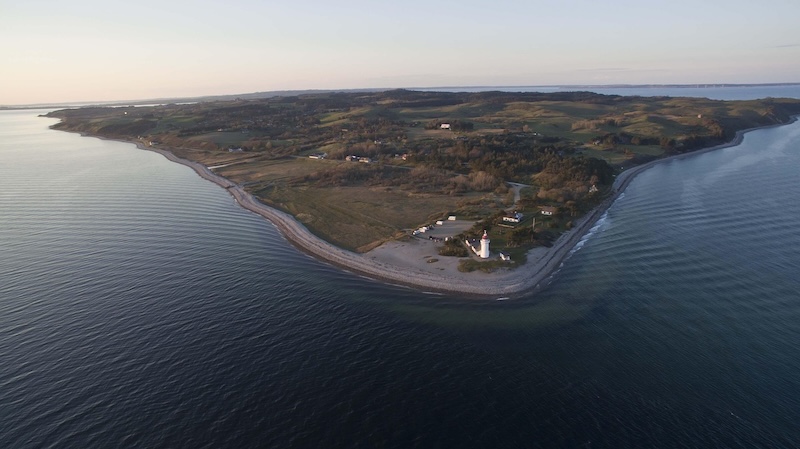
What is Clean's role in this project?
Clean is the lead partner and is managing the three-year project. The company will support all activities but will have a specific focus on: Mapping of stormwater treatment methods; hosting capacity building workshops; identifying broader business opportunities within stormwater, based on inputs from the project, with a focus on getting innovations into real projects via matchmaking; driving the dissemination and communication activities; hosting wider stormwater working groups with other regional (and further afield) water utilities and municipalities to enhance knowledge sharing; host a study tour of the pilot; arrange a final stormwater conference.
Allison explained further: “Clean’s aim and role is to ensure that the outcomes and progress of the project are connected to other stakeholders and initiatives outside the project. We want the things developed in the project to be shared widely and help others with critical issues of stormwater, as well as share new innovations and technologies with other potential markets.”
Developing a catalogue of stormwater solutions
Although the partners already have a good understanding of available treatment technologies, one of the core aims of the project will be to scout technologies within the South Baltic region, and further afield, to develop a catalogue of solutions for water utilities based on available research data.
There will also be a more focused technology scouting for the specific pilot that will be developed in Gentofte, Denmark, as Allison explained: “This will be based on specific design criteria that will be used for the Design Sprint and will include specifics like: Limited space in the urban environment, and the requirement for treatment trains (these criteria will be developed in the project.”
The project is being funded by the Interreg South Baltic Programme 2021-2027, which is a European Union-funded initiative for cross-border cooperation. It aims to support sustainable development and to improve the quality of life in the South Baltic region, which includes coastal areas of Denmark, Germany, Lithuania, Poland, and Sweden. The programme focuses on innovation, sustainability, regional attractiveness, and social inclusion.
What is a Design Sprint methodology?
This method forces a tight schedule of focused work, with different exports over five days, which a core group will then use to develop the final prototype (the method has come from the IT Tech industry to support disruptive innovations).
The five-day schedule means that decisions need to be made quickly and that it becomes realistic to develop and implement complex pilots as part of the three-year EU-funded project.
How will the pilot projects be run?
The pilot will be developed based on the prototype developed in the Design Sprint. This will focus on dealing with the challenges of combined sewer overflows during periods of heavy rain.
Allison said: “Danish utility Novafos will build and manage the pilot with the support of the partners (when needed). The aim is to have the pilot running for one year (subject to permits, etc.) The pilot will be monitored throughout the running period by Novafos, and data will be shared with the partner group and compared with other initiatives, such as in Lund, Sweden (led by Sweden Water Research).”
Non-target analysis of the discharge from the combined sewer overflow will be taken before the implementation, and then more will be taken after the implementation of the pilot. There will also be samples of non-target analysis in Sweden and Poland, with the data analysed by the University of Gdansk.
What will the non-target analysis of stormwater involve?
Non-target analysis is a relatively new method of analysing water for contaminants. It provides a clear overview of everything in the water, from one test, rather than performing individual tests for different pollutants and nutrients. This saves time compared to other methods.
It does not reveal the quantity of each pollutant or nutrient in the water; this requires further specific target analysis.
Additional research being conducted during the project
As part of the project, Clean will research key legislation and treatment methodologies across the southern Baltic with Klaipeda University, and host capacity building and a knowledge exchange with municipalities and water utilities, together with the Gdansk Water Foundation.
What are the expectations for the project?
The project has five main aims:
- To produce a guidebook detailing the new method of stormwater discharge analysis, focusing on providing research-driven analysis of the new approach of non-target analysis of stormwater. The guidebook will break down the non-target analysis method in detail and provide knowledge and guidance on how other water utilities/municipalities can utilise this new method in their own work with stormwater (and water management in general)
- To produce an innovative technology overview for stormwater treatment methods
- To produce stormwater management guidelines: these will focus on showcasing the relevant technologies, legislative aspects, and best practices in water management.
- To run a pilot that investigates the identification and treatment of pollutants and nutrients in stormwater
- To run pilots of non-targeted analysis conducted by the partners in Denmark, Sweden and Poland.
In addition, the project will bring together water utilities from different countries to kick-start discussions around water reuse and the potential for storing and reusing stormwater (not just cleaning and discharging), and to highlight the latest innovations within stormwater management.
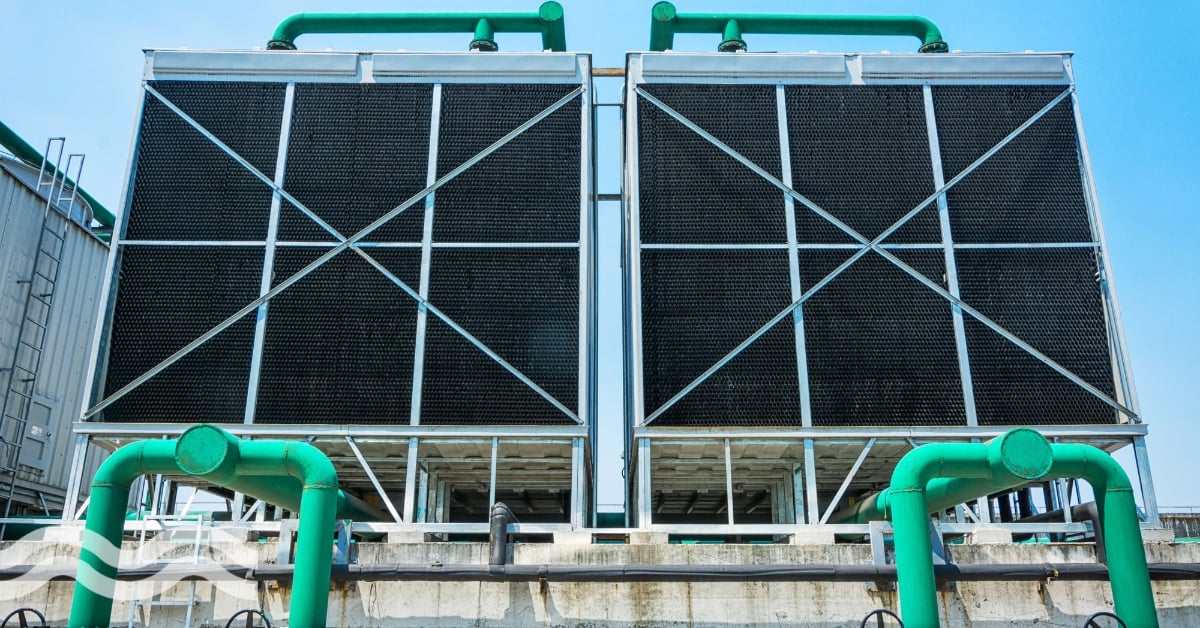
Funding fuels on-site pathogen detection expansion
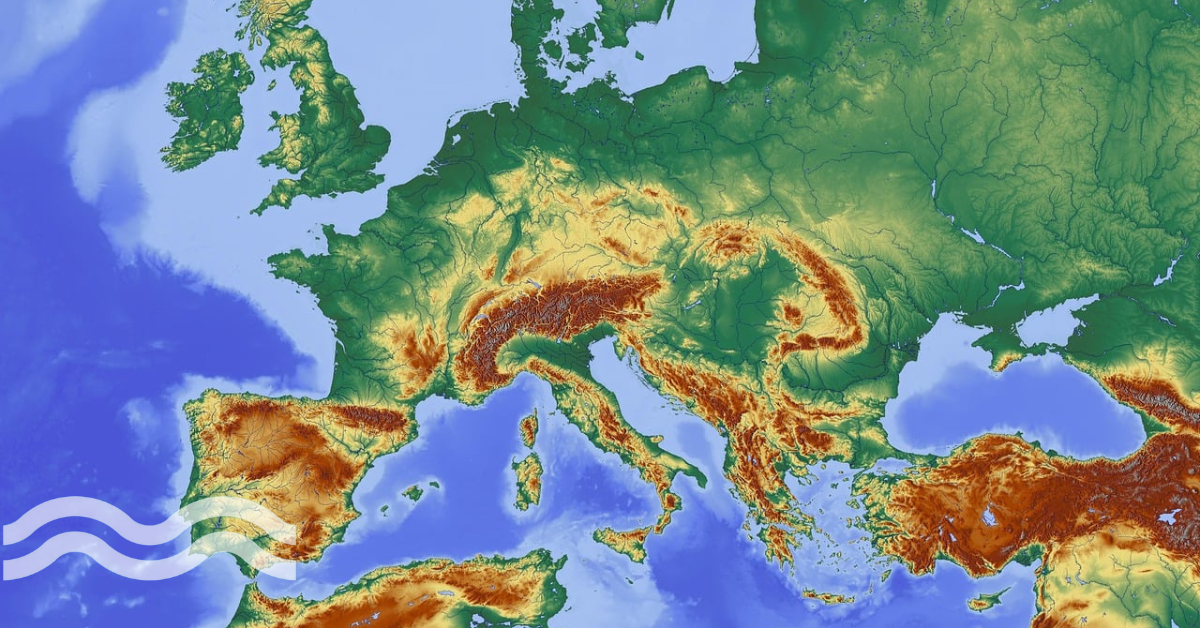
Navigating the European Sustainability Reporting Standards – what does it mean for water companies?
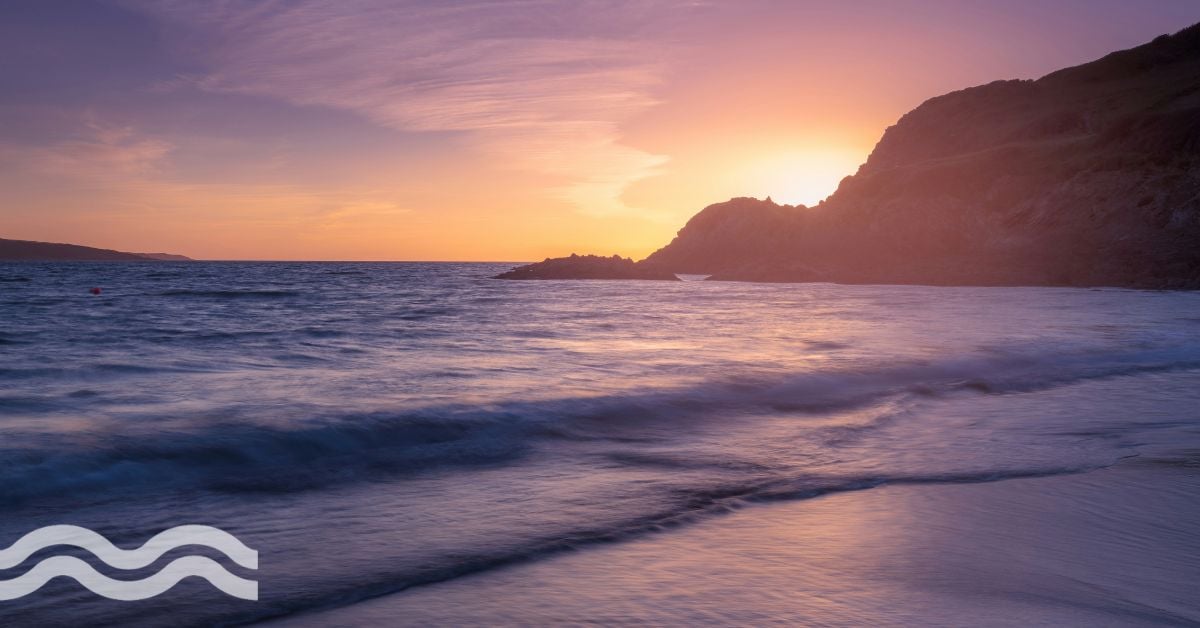
7 projects selected to assess UK water biodiversity
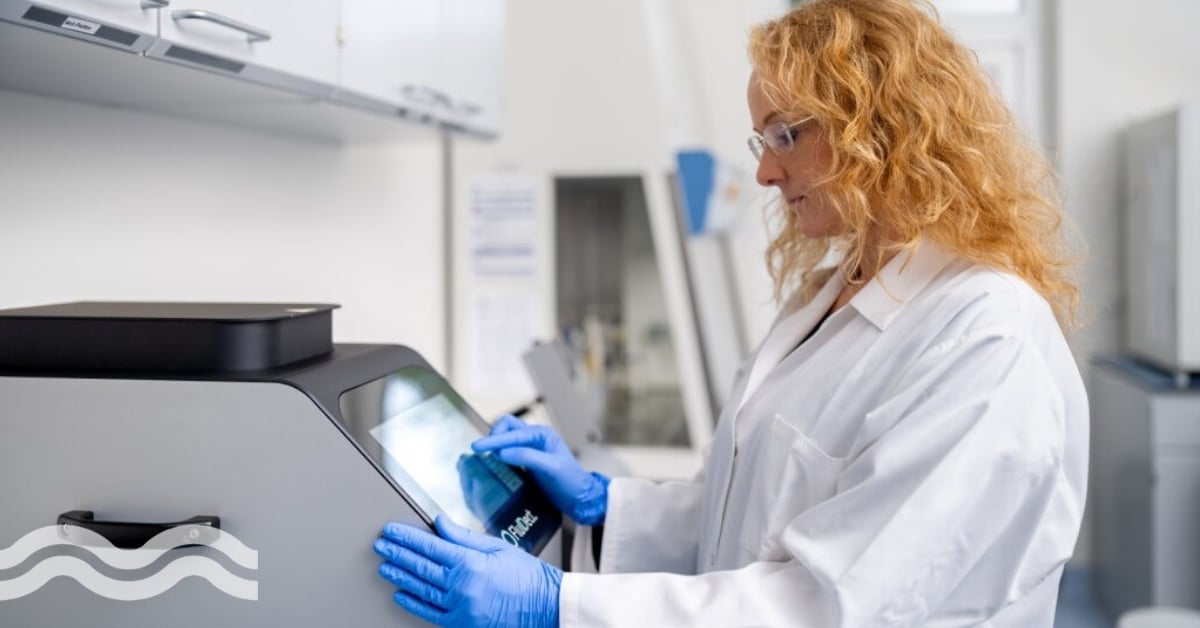
Real-time parasite detection among challenge winners
